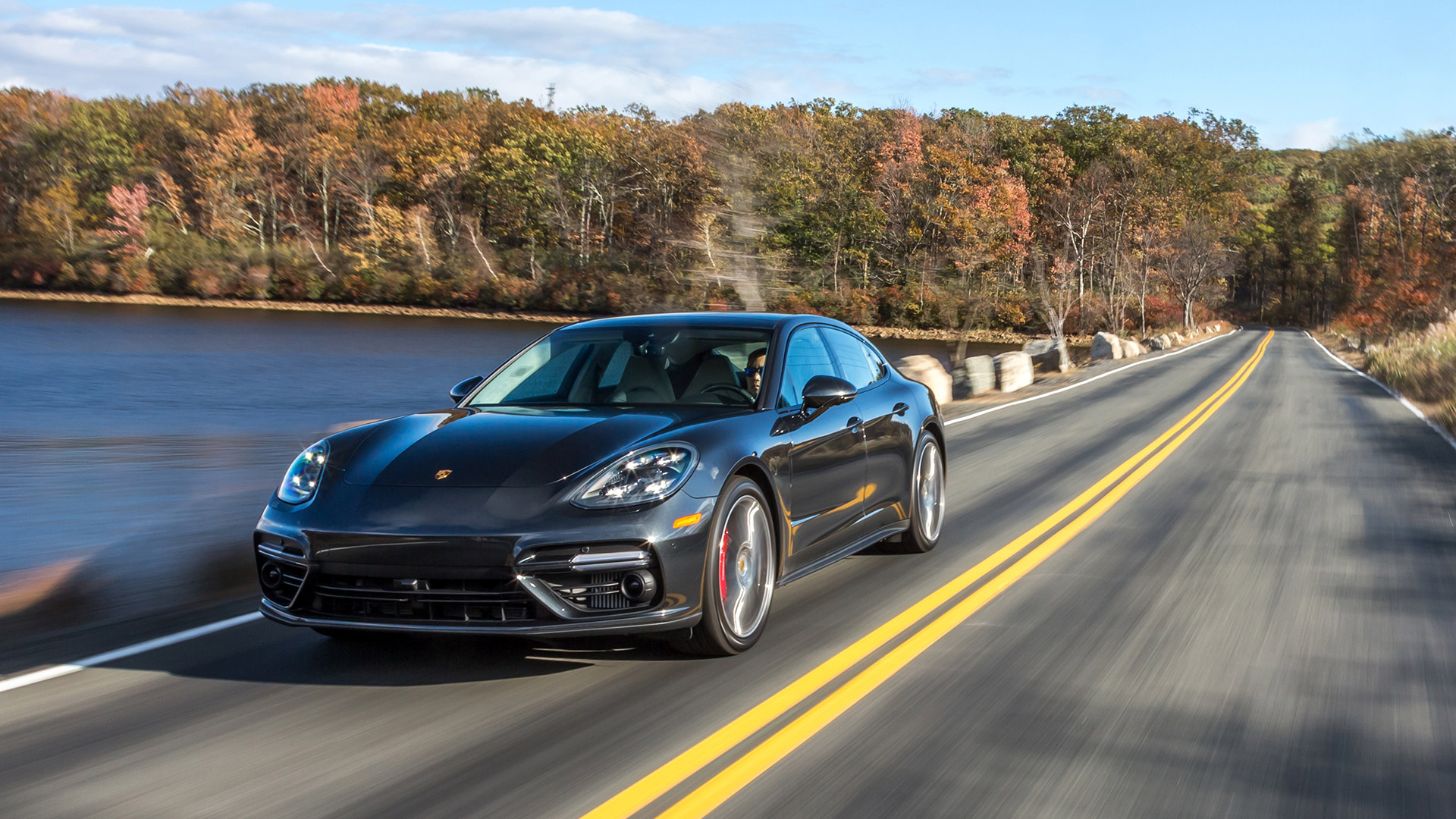

Self-driving cars use an array of cameras, radar, and lidar to avoid crashing into things, but Chinese tech company Huawei claims to have simplified things. The image-recognition on its new Mate 10 Pro AI smartphone is so good, Huawei says, that a car can use it to navigate autonomously.
Huawei’s RoadReader project turned a Mate 10 Pro AI into the “eyes” of a self-driving car, according to ZDNet. The image-recognition software was originally developed to improve phone cameras, but Huawei claims its ability to identify thousands of specific objects allows a car to automatically detect obstacles and avoid them.
Granted, the “avoid” part likely involves hardware to control steering, acceleration, and braking installed by the manufacturer. Huawei demonstrated RoadReader on a Porsche Panamera, which is available from the factory with adaptive cruise control and traffic-jam assist systems that allow the car to take over those functions in certain situations. Huawei is also partnering with Baidu, which is developing an autonomous-driving software platform called Apollo.
It’s unclear if Huawei’s phone-based system will make it into production cars, but Chinese consumers, in general, seem to be prepared for autonomous driving. A recent study found that Chinese drivers were twice as trusting of autonomous cars as U.S. or German drivers. They were also far more concerned with the management of data than with the availability of backup manual controls in future self-driving cars.